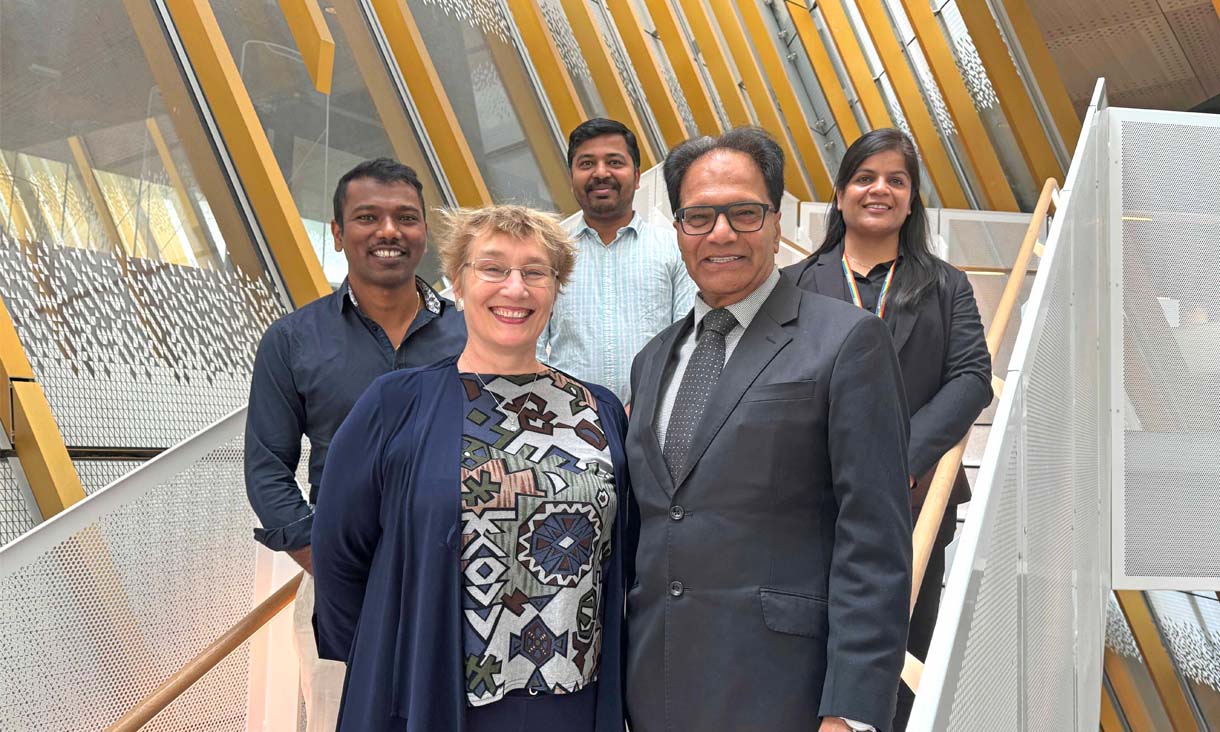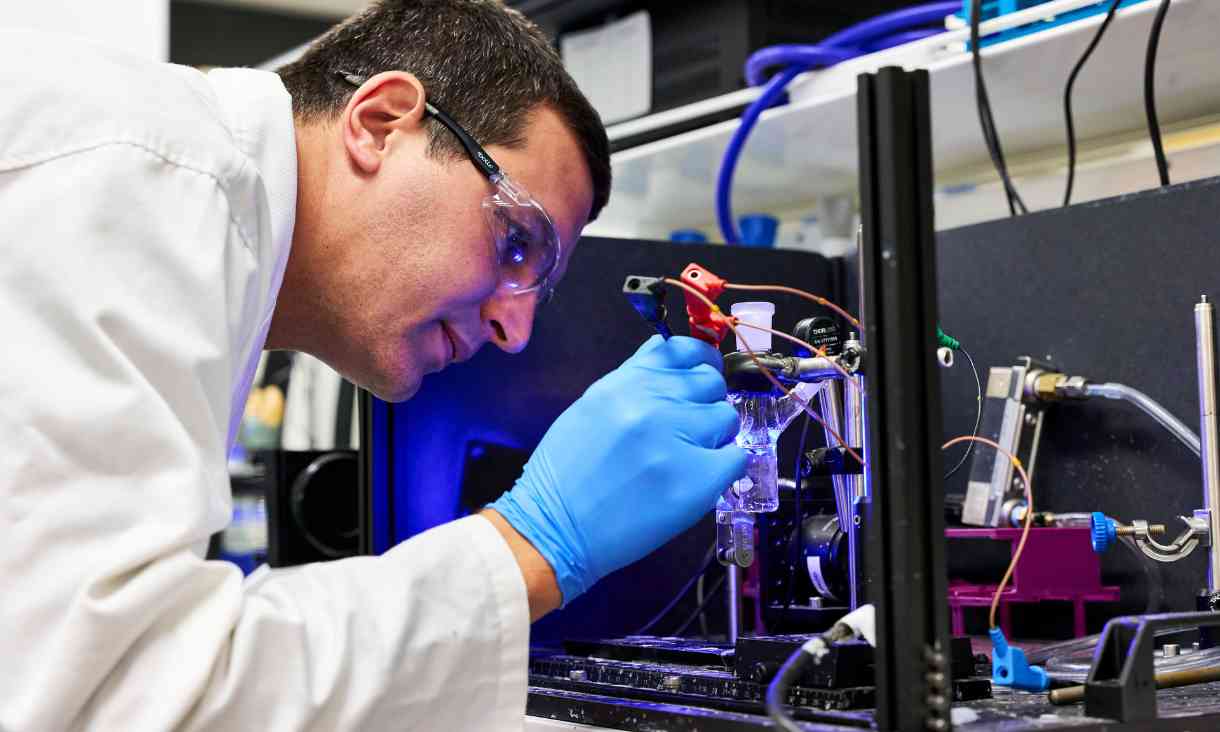The brainchild of Science and Technology Australia, the Superstars of STEM program aims to “smash society’s gender assumptions about scientists and increase the public visibility of women in STEM.”
According to some of RMIT’s Superstars, there were three key attributes that had underpinned their careers:
1. Creativity
Fox said many people didn’t realise that scientists needed strong creative thinking skills and real imagination to find solutions and explore new theories.
“You’re always searching for a new or different solution – something that helps you to solve a complex problem, and this requires a significant amount of creativity,” she said.
“STEM requires a lot of ‘outside of the box’ thinking, flexibility and a skill to move quickly on your feet.”
2. Curiosity
Grover said investigating and answering questions of ‘why’ and ‘how’ was perhaps the most enjoyable part of a STEM occupation, with curiosity considered to be the driving force behind most STEM professionals.
“You get to explore the world and ask questions to better understand how the world works,” she said.
“While you’re exploring, you are also contributing to solutions and solving problems.”
Fox said people employed in STEM roles were striving for understanding and wanted to uncover clues that revealed new insights.
“Understanding the world around us is at the core of what we do, which is why our jobs are so exciting and interesting.”
3. Innovation
While success in most careers and industries involved overcoming challenges, making advances and disrupting the status quo, Fox said STEM was unique because it was “a perfect pathway to truly change the world”.
“Changing the world isn’t possible unless you innovate, but the power of STEM is that you don’t have to be making monumental changes and breakthroughs, they can be incremental and still have a real impact on the world around you,” she said.
While 25% of STEM university graduates currently work in health, scientific and technical services, employment opportunities had been consistently growing across manufacturing, public administration, safety, education and finance sectors.
Grover said the diversity of a career in STEM could lead to experiences that people had never imagined.
“STEM can literally take you anywhere,” she said.
“I had no idea when I was studying chemistry at university that it would take me to Indonesia where I would be going deep into tropical peat swamp forests.”
And in today’s burgeoning world of big data, a Master of Data Science could deliver a range of future opportunities, with organisations around the globe looking to harness knowledge and expertise in this space.
While Diploma of Nursing graduates could land roles in acute, preventative, curative or rehabilitative nursing, according to Fox, a Bachelor of Biomedical Science could give students the opportunity to study a range of subjects from pathology to human anatomy, with graduates entering occupations including genetic engineering, cancer research, neuroscience, DNA profiling or stem cell research.


.jpg)


